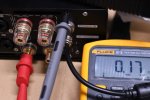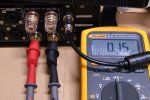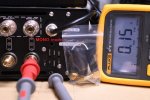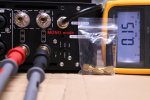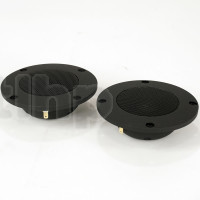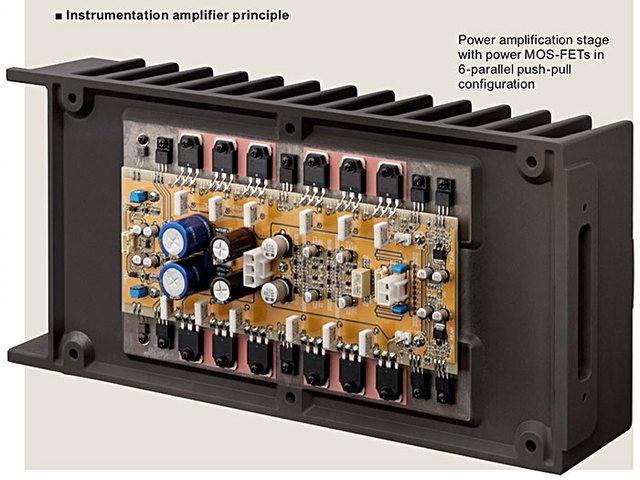After a few hours of listening, here's what I can say about the LA90. First I admit that my choice was conditioned by the fact that it is a class AB amp. The ASR measurements don't lie, I had no doubts about its performance but rather about its listening level.
Frankly I'm not disappointed) It is more than enough for a room of 30M2 at an honorable listening level.
For those in doubt :
VS my Purifi (Kayamb OPA2210 buffers) VS my PA5: I wanted to know how well an AB amp mounted in the rules of the art could sound compared to a Class D amp mounted in the same rules of the art.
In all honesty I find the same "grain" that I had on my MOS-120 (MOSFET IRFP240 / IRFP9240) but with the surgery and righteousness of PA5 and Purifi.
What I noticed, I nitpick but I share it all the same: when I put my ears on my Seas Beryllium tweeter, the PA5 and the LA90 are absolutely silent, so that we have the impression that the amps are totally off. With my two Purifis, there is a very slight hiss, almost inaudible, but with your ears glued together you can hear it.
Now on the overall listening, the LA90 provides a lot of pleasure, I find it generally softer but that does not surprise me. Like I said, that's the feeling I've always had with Class AB amps.
It drives my speakers very elegantly, everything is clear across the all spectrum, it has excellent holography and the good quality recordings are simply amazing! I will continue my listening and see how it behaves over time
I had a doubt about its power, but in volume bypass mode and high gain, my DAC set to the same volume as my PA5, it's quite comparable. The Purifi on the other hand is more powerful, no doubt )
My first listens let me say that this is an excellent amp, admittedly a bit expensive but what does it sound good!
My Setup :
Gustard AK4499 DAC set @ -2DB
Orbit MK2 speakers Cables
LA90 set @ volume Bypass / high gain
Playlist : Audiophile Master 2019 (HD audio)
Floor Speakers : XTZ 100% Seas woofers + Seas Beryllium Tweeters (88DB)
3th order XTZ special CrossOver.




